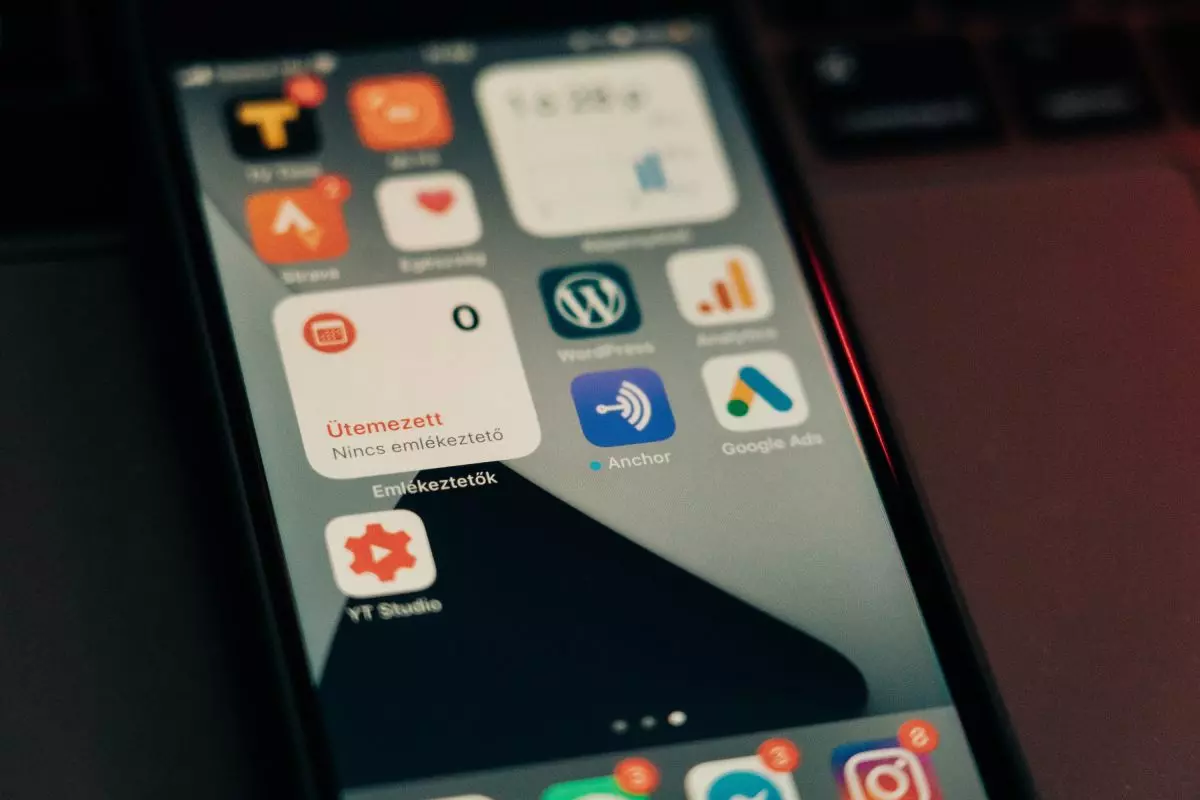Facilitates the daily use of a smartphone and improves the use of websites. Widget – what is it? Find out what is hidden under this name and how to use this element on your blog! See what widgets are worth having on Android!
Widget – what is it? Basic definition
A widget or widget is a user interface element that comes in the form of a graphic. Its function is to automatically display information on a website and facilitate the use of the functionality of a website or application. These include searching for information or products, entering personal information in contact forms or providing reviews. Widgets can inform about weather conditions, be a timer for certain activities like the remaining time until the end of a promotion or the expected delivery time in the case of online stores.
There are different types of widgets. There are computer desktop controls that save the user time and perform simple tasks. These include a clock, calendar, calculator, but also a photo viewer or an instant messenger for quick messages. There are also widgets for Smart TVs, which make it easier to choose a favorite platform for watching movies and TV series. The most popular widgets are dedicated to operating on phones and websites. Mobile widgets make efficient use of the space on the smartphone screen and enable the retrieval of up-to-date information like time or weather conditions. Widgets on websites contribute to changing the appearance of software elements and increase the functionality of the site. You can find them, for example, in the footer or side panel of the page.
Examples of the use of widgets in practice
Widgets are mainly used to increase the fluidity of use of the graphical interface on a website. They can occur in the form of static or dynamic elements, and more skilled developers are concerned with personalizing widgets to the individual preferences of site visitors. 
An example of the use of widgets in practice is placing them on an online store or blog site. These elements should be matched to the theme of the site. Which widgets are worth using? A functional solution for online sales are the so-called product widgets. These include a product search engine, an indicator of people who are currently browsing the site, or information about how many people have bought a particular product on offer. Thanks to widgets, you can include information on special occasions on your store page, the duration of which is determined by a counter. Some CMS systems, such as WordPress, have built-in widgets and an easy way to install additional ones.
What kind of widgets for a blog? Those that encourage the reader to stay on the site and delve deeper into the published posts. Functional elements that allow aggregation of content and increase the attractiveness of the site will work here. This could be a list of recent articles or top comments. For users who are new to your business, a lot will be facilitated by the appearance of search elements, such as a magnifying glass, which will allow you to get better acquainted with the blog’s topics. Add-ons in the form of widgets can also be a useful addition to your content. A good idea for a travel blogger is to put a weather widget on the site. Widgets for social media are also important, so you can promote your personal brand and encourage people to follow your profile.
